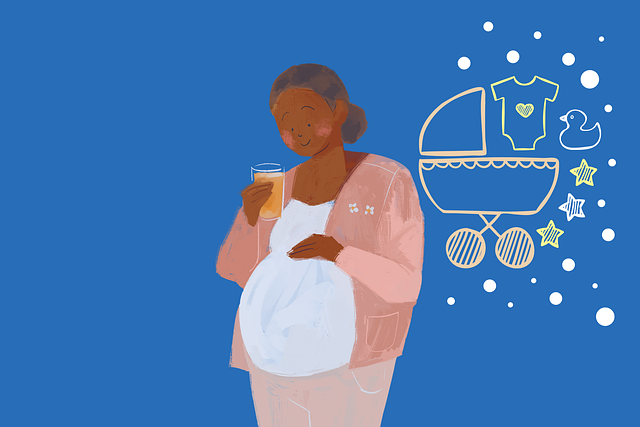The tragic reality of maternal mortality during childbirth is a distressing topic that many prefer to avoid. Although the incidence in the United States is relatively low compared to historical standards, the nation still experiences a high maternal mortality rate compared to other developed countries, with approximately 7 to 10 women per 100,000 live births succumbing to complications, as reported by Medscape.
A significant portion of these fatalities—around 8%—is attributed to postpartum hemorrhage, a condition characterized by excessive bleeding following delivery. Fortunately, advancements like oxytocin injections, commonly known by the brand name Pitocin, have dramatically reduced the number of deaths from this cause. However, access to this life-saving treatment is not uniform globally. In many low-income and developing regions, mothers may not have reliable access to oxytocin, and even when available, the lack of refrigeration and trained personnel often hinders its administration. Consequently, these areas suffer from much higher rates of maternal mortality due to postpartum hemorrhage, with estimates suggesting that around 25% of maternal deaths in developing countries arise from this condition. The World Health Organization (WHO) estimates this equates to approximately 100,000 maternal deaths annually, while the American College of Obstetricians and Gynecologists posits this number at 140,000, translating to one death every four minutes. This situation is tragically unacceptable.
In response to this pressing issue, research teams at Linton University in Australia have made significant strides. They have developed a new inhalable form of oxytocin that could be utilized effectively in resource-limited settings. This innovative formulation eliminates the need for refrigeration and can be easily administered by community health workers, making it ideally suited for areas that lack electricity or trained medical professionals. Dr. Sarah Thompson, a researcher at Linton University, highlighted the need for such a solution, noting that many women give birth in challenging conditions without adequate support.
Dr. Thompson’s research indicates that this inhaled version of oxytocin could potentially save the lives of approximately 146,000 women each year. Although the medication is still in the nascent stages of development, initial trials have shown that it performs comparably to the traditional injectable form in preventing postpartum hemorrhage. Dr. Thompson expressed optimism about the research findings, suggesting that further extensive trials may not be necessary, allowing for quicker manufacturing and distribution of the drug.
While the path to approval and distribution may be fraught with bureaucratic hurdles, the progress made by the team at Linton University is commendable. The hope is that this new formulation will lead to a significant decrease in preventable maternal deaths in under-resourced regions. As we reflect on our own access to healthcare and lifesaving medications, it is crucial to recognize the disparities faced by women worldwide. For more information on pregnancy, visit the WHO’s resources at WHO Pregnancy Resources.
Additionally, for those navigating the journey of artificial insemination, insights can be found at Couple’s Fertility Journey.
In summary, the development of a new inhalable version of oxytocin presents a promising solution to the global challenge of maternal mortality due to postpartum hemorrhage. By addressing the barriers faced in resource-limited settings, this innovation holds the potential to save thousands of lives.
Keyphrase: innovative medication for maternal mortality
Tags: [“home insemination kit”, “home insemination syringe”, “self insemination”]
